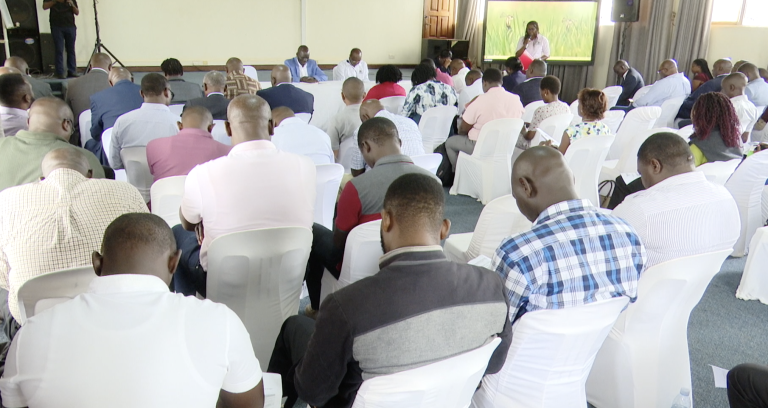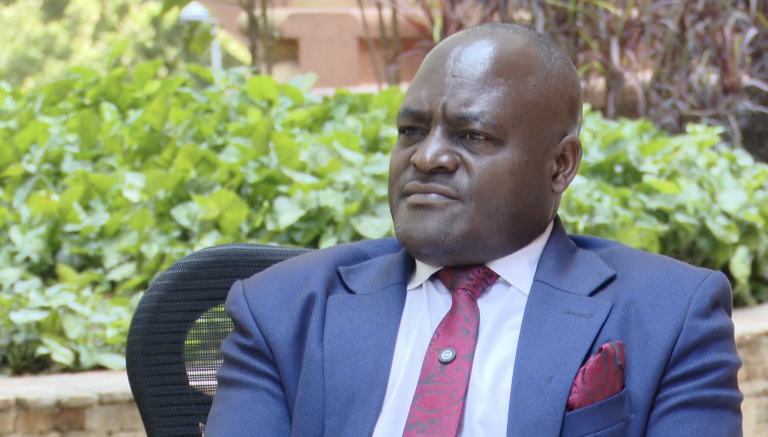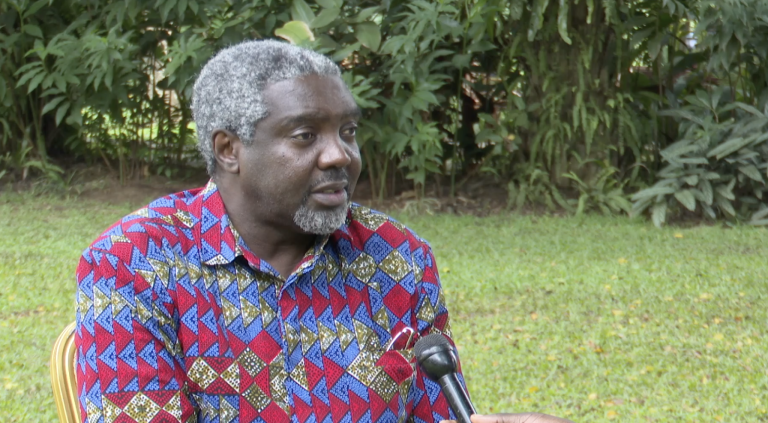Uganda’s National Social Security Fund (NSSF) closed the 2024/25 financial year on a strong footing, capping off its decade-long strategic plan with record growth in assets and revenues. The Fund’s assets under management surged by 17.5% to UGX 26 trillion, up from UGX 22.1 trillion the previous year—driven by rising member contributions and a diversified income stream.
Contributions climbed by 10.4% to UGX 2.13 trillion, while total revenue rose by 11% to UGX 3.52 trillion, largely fueled by higher interest, real estate, and dividend income.
Operational efficiency improved significantly, with the cost-to-income ratio easing to 7.9%, its lowest in five years, and administration costs dropping to just 0.88% of assets. Benefits paid increased by 18% to UGX 1.32 trillion, highlighting the Fund’s growing impact—despite a slight decline in the number of beneficiaries.
In a bid to expand voluntary savings, the Fund launched Smartlife Flexi, a product that has already mobilized UGX 27 billion in just ten months, signaling new growth opportunities.
Member satisfaction rose to 88%, while staff engagement climbed to 91%, reflecting strong internal performance and improved service delivery.
With the completion of Vision 2015–2025, NSSF is now pivoting toward its next strategic goal: Vision 2035, which aims to double assets to UGX 50 trillion and extend coverage to 50% of Uganda’s working population.
The Minister of Finance is expected later this month to announce a new interest rate for savers, which is projected to outperform the 10-year inflation benchmark.
NSSF’s performance places it among East Africa’s most resilient pension funds, positioning it to play a greater role in long-term domestic capital formation.
Earlier, I sat down with NSSF Managing Director Patrick Ayota to unpack the numbers in detail and discuss the progress of the Fund’s real estate projects and investments in regional markets.














